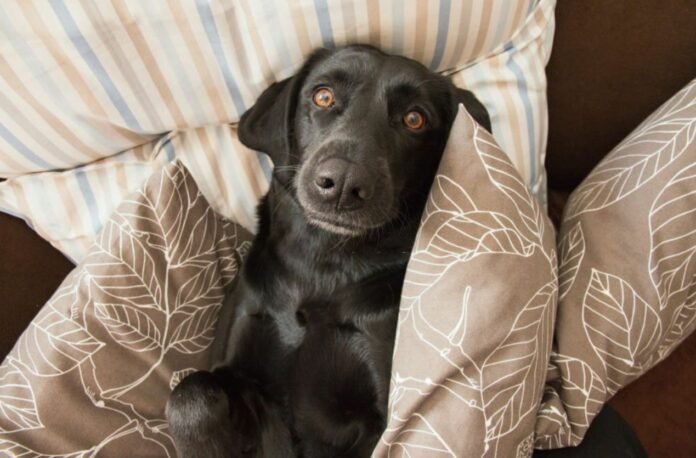Surprising findings indicate “humans co-opted ancient variations among wild ancestors of dogs to create unique types of dogs suited for performing specific tasks.”
How do different dog breeds have distinct behavioral traits and personalities?
Researchers from the National Institutes of Health discovered that sections of the genome associated with brain development include variations that may explain behavioral differences across canine lineages.
The research, conducted with NHGRI funding and published in Cell, used DNA samples and questionnaires from dog owners all around the globe as part of citizen science programs.
Researchers discovered that dog breed genetic variations affect nervous system development. Genomic variations in sheep-herding dogs are associated with changes in the early phases of brain development in the way that nerve cells called neurons arrange themselves to create neural circuits.
Some of the genes that are linked to the different dog lineages may be related to genes that affect how other species, like humans, act. These findings imply that the wide variety of behavioral and neurological differences that may be seen within a species may be the consequence of biological processes that are similar in dogs and humans.
“The results of this study may point us toward how differences in the human genome can contribute to behavioral diversity among humans. Further research can help us draw a stronger link between genes that are important for behavior in dogs and genes that may play a role in human behavioral conditions,” adds Dr. Ostrander.
Dr. Emily Dutrow, a postdoctoral research researcher in Dr. Ostrander’s lab, traced the diversity of dog lineages across time as the first step of her study.
They used genomic data from over 4,000 domestic, semi-feral and wild dogs sourced from various available data sets.
These data sets included the outcomes of whole-genome sequencing, which examines the complete genome, and single-nucleotide polymorphism arrays, which identify a fraction of the diversity within a genome.
The researchers also analyzed behavioral information from a study of over 46,000 canines conducted by the University of Pennsylvania School of Veterinary Medicine in Philadelphia, which evaluated traits including trainability, energy, and fear of strangers.
“We identified 10 major canine lineages and behavioral traits that correlate with these lineages. By looking at the most heavily selected breeds, we can see how each lineage of dog breeds is unique in its genomic variation and behavior,” adds corresponding author Elaine Ostrander.
“One of the most surprising findings,” according to Dr. Dutrow, “was that many of the genomic changes that define the major dog lineages can also be found in modern wolves. This indicates that humans co-opted ancient variations among wild ancestors of dogs to create unique types of dogs suited for performing specific tasks.”
Selective breeding has been going on for thousands of years to make dog breeds that are good at different jobs, like hunting, herding, and keeping watch. For example, sheepdogs like border collies know how to herd animals by instinct and don’t need much training to do so.
Until now, not much was known about why and how different dog breeds have different personality traits and how these traits are linked to their genomes.
The difficulty was separating the vast data sets. The researchers recreated the evolution of canine lineages by repurposing methods from studies that, for instance, analyze how stem cells evolve into certain specialized cells.
“To study the genomic basis of breeds, researchers typically compare different breeds with different behavior. But the difficulty with that is finding meaningful results among the variation in dog behavior,” adds Dr. Ostrander. “Instead of looking at a snapshot in time, our study mapped out how dog breed lineages diversified over hundreds of years and explains how the different breeds we see today are a result of human selection.”
Source: 10.1016/j.cell.2022.11.003
Image Credit: Getty
